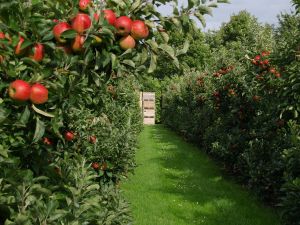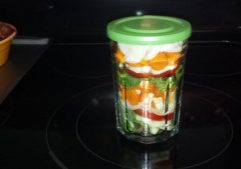
Details
Yields or Serves:
Biodynamic Agriculture
Caring for the living land is what it’s all about. Biodynamic and organic farming have a lot in common. Both produce high-quality food without the use of pesticides, chemical fertilizers or GMOs. But biodynamic farmers act on an even broader vision of land stewardship. They view their land as a living organism, and they care for its well being by balancing the demands of growing food with practices aimed at continuously renewing the farm’s natural resources.
On a biodynamic farm, the inputs (such as fertilizer) that go into raising food are produced and recycled on the farm. Crops are nourished by fermented manure, minerals and herbs generated on the farm. Water is refreshed and reused on the farm. Riparian zones, wetlands, grasslands, and forests are treated as an integral part of the farm’s ecosystem. Biodynamic farmers set aside at least 10% of their total land for biodiversity. And they also consider the climate, wildlife and they cycles of the sun and moon all part of the farm’s living relationship with nature.
You will see product labeled as “biodynamic” in health food markets. To carry the biodynamic label, the products must be certified by Demeter USA, a nonprofit that is part of the world’s oldest agriculture certification body (Demeter International). The USDA’s Organic Standards are a base level that every certified biodynamic farm must meet. Biodynamic certification also requires a careful examination and eventual elimination of imported materials to farm.
“What kills bugs kills people.” – Clifford G. Shane Former Director, Region VII, U. S. Food and Drug Administration (My Great Uncle)
© Victoria Hart Glavin




